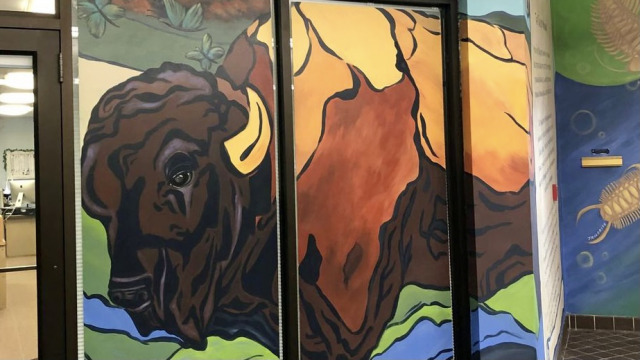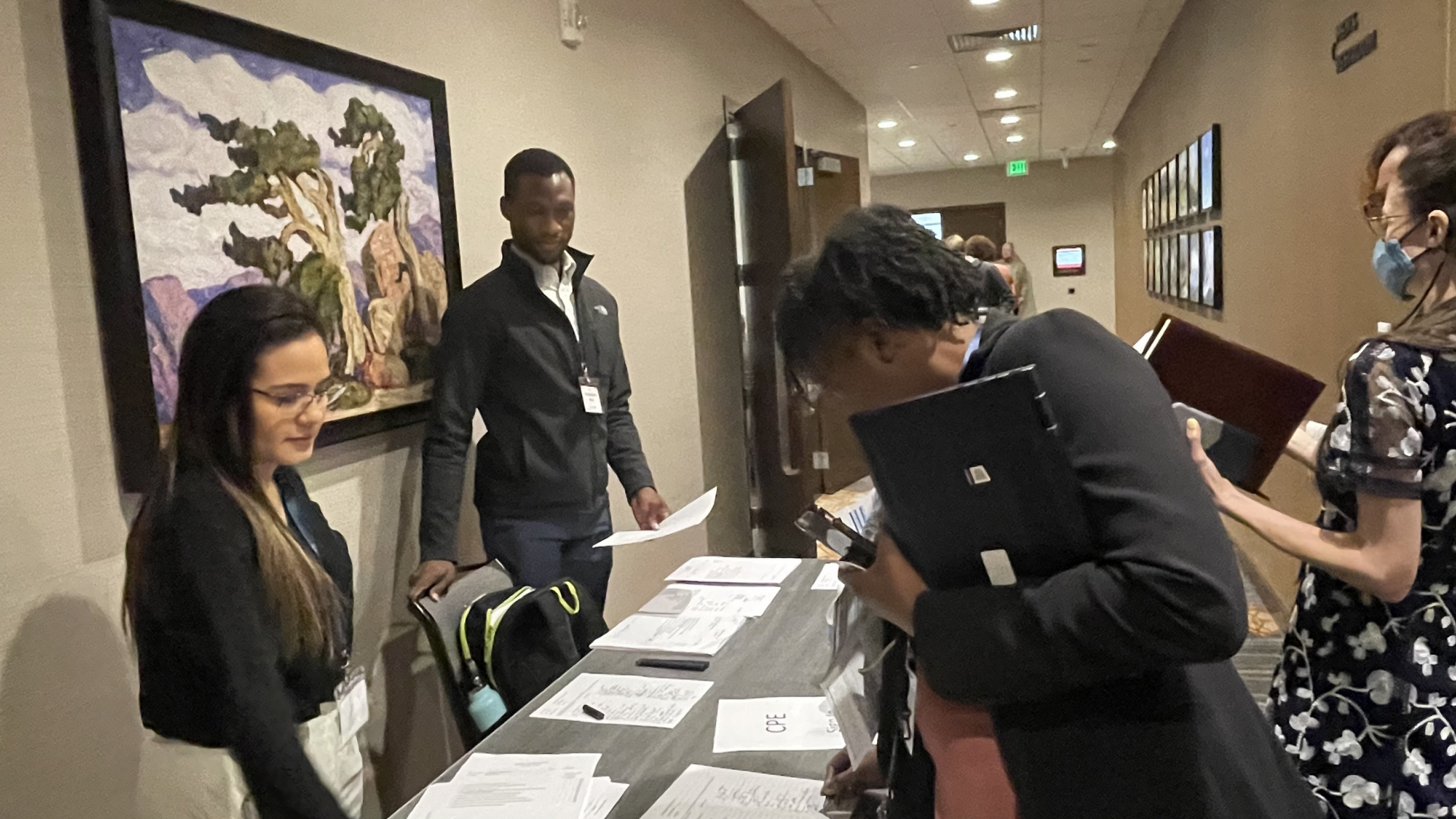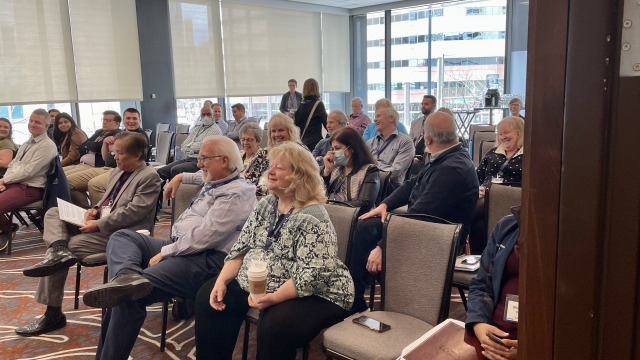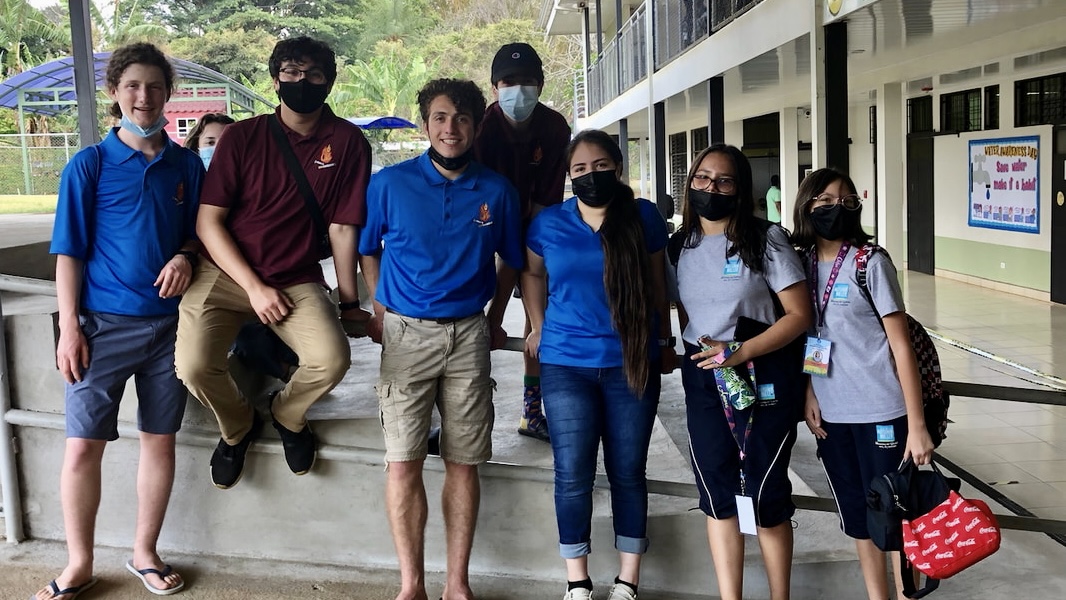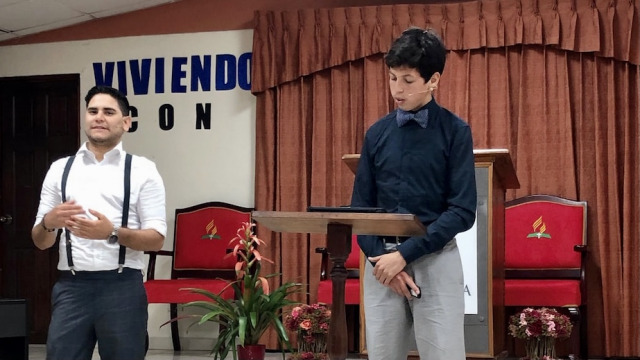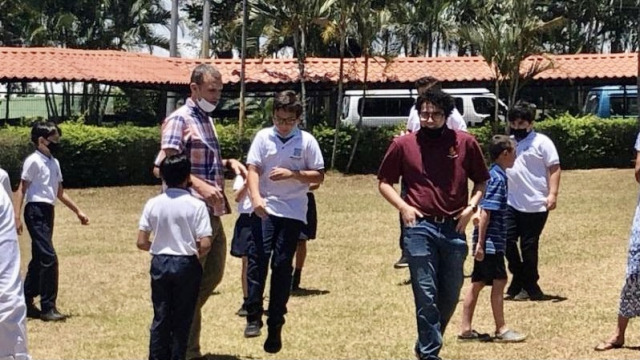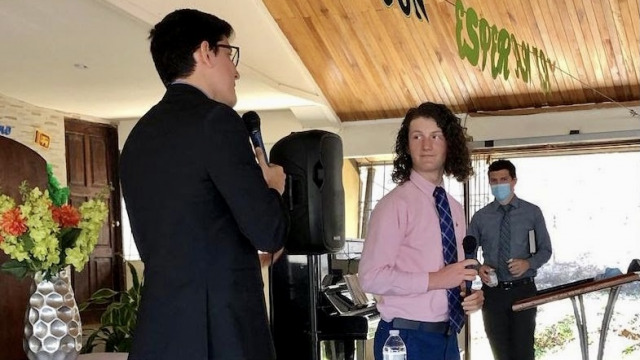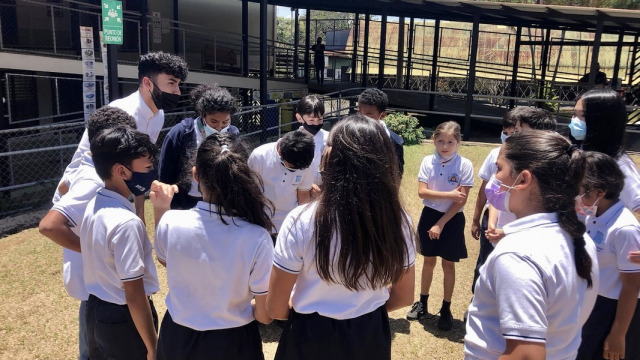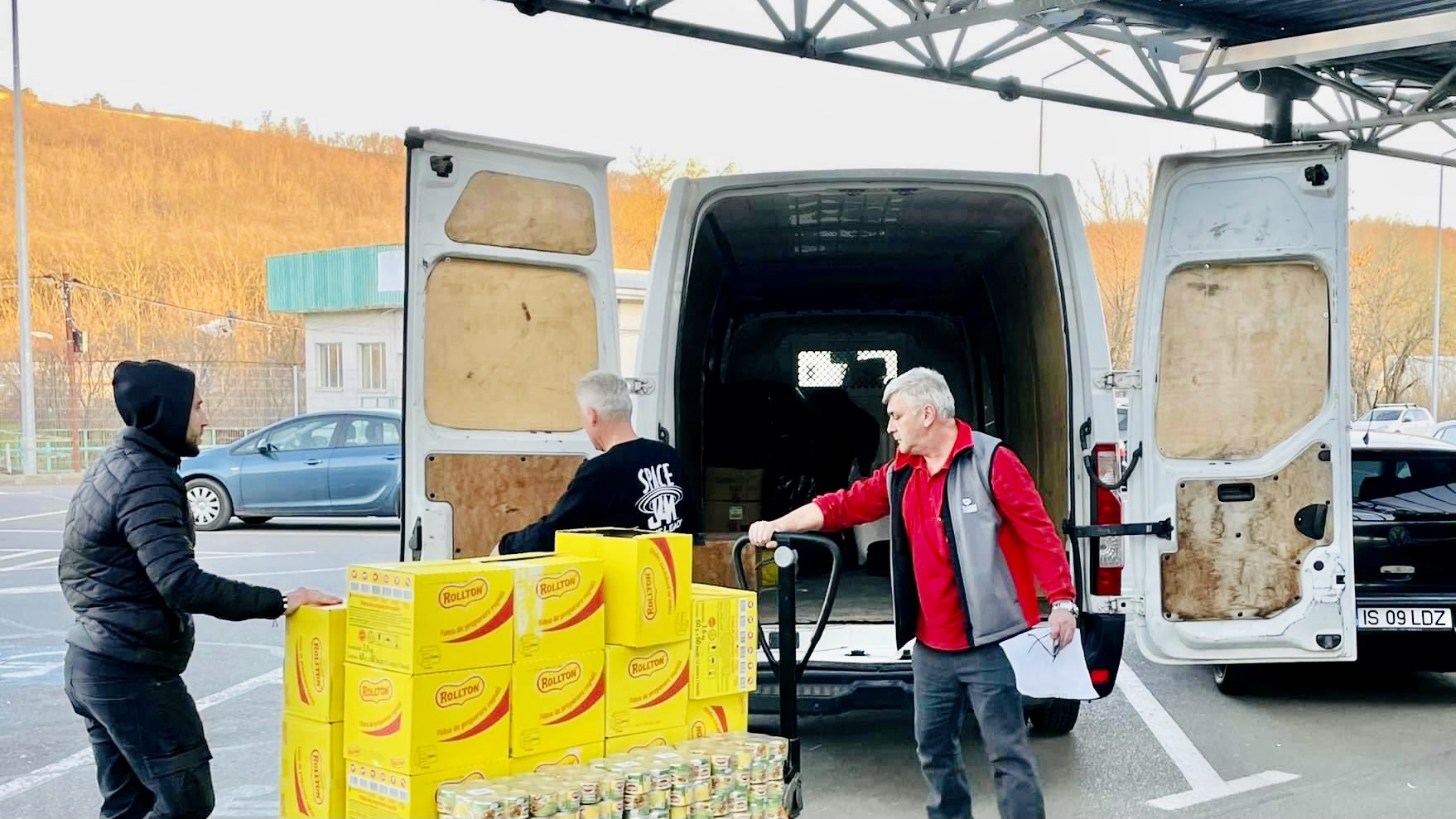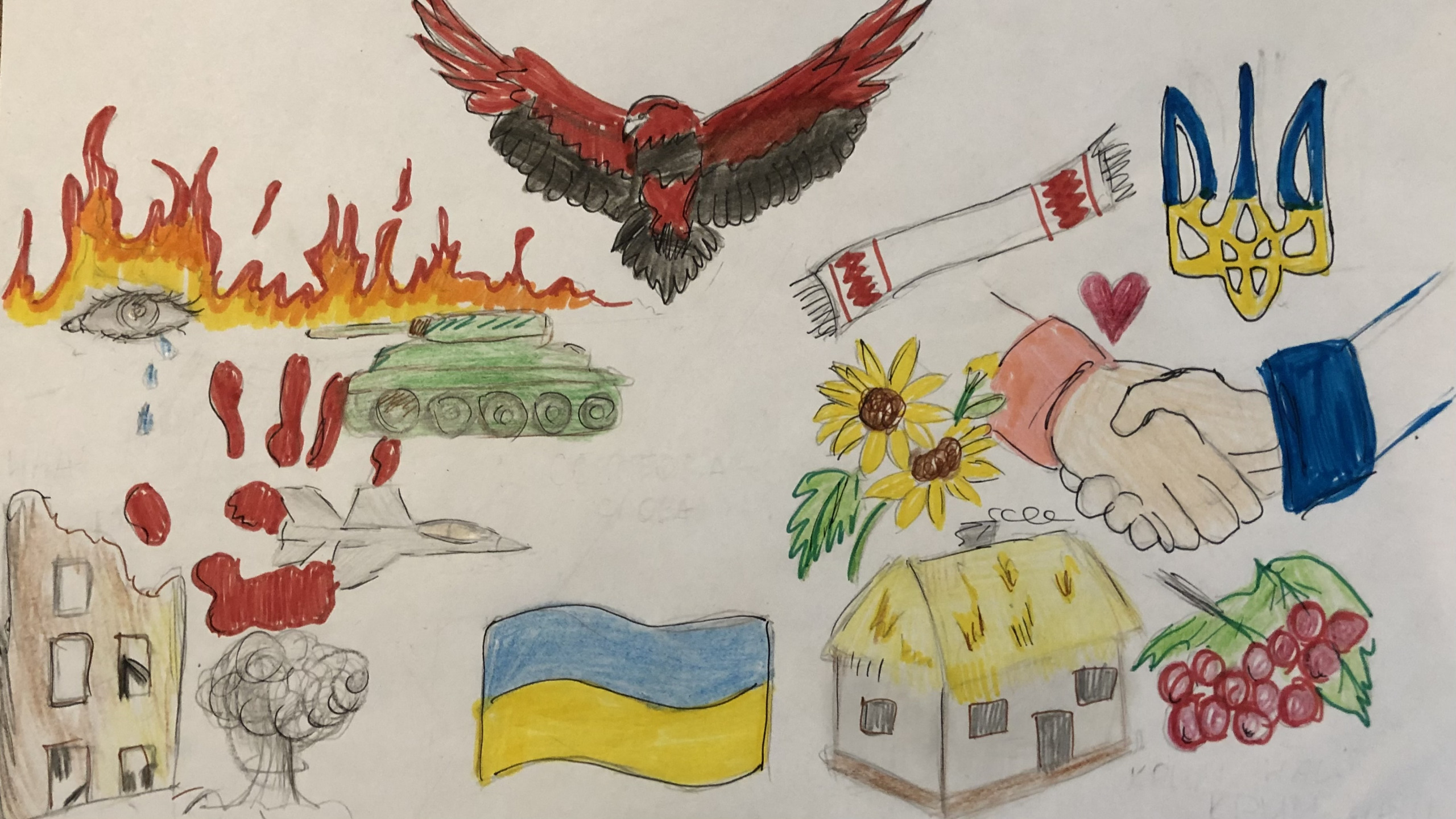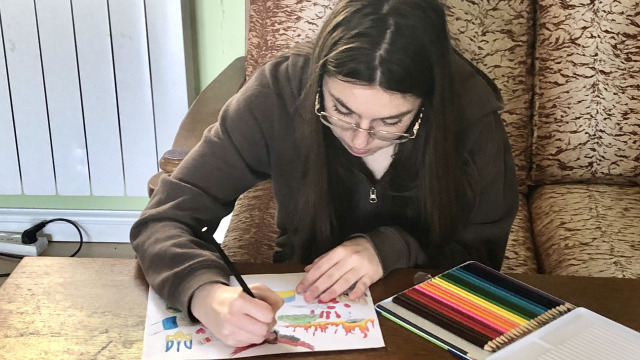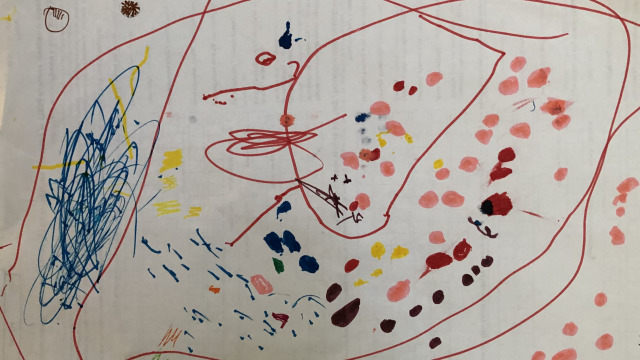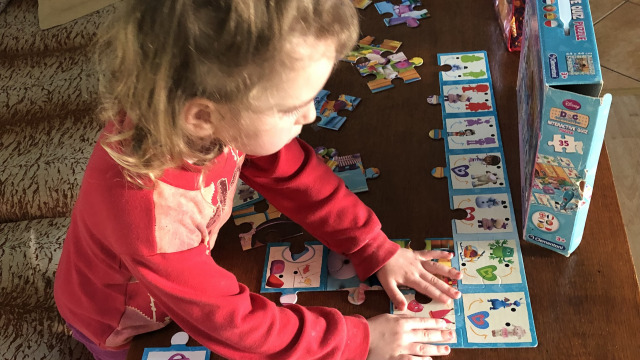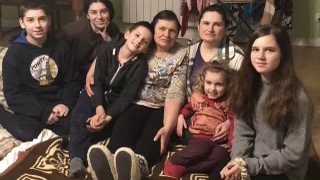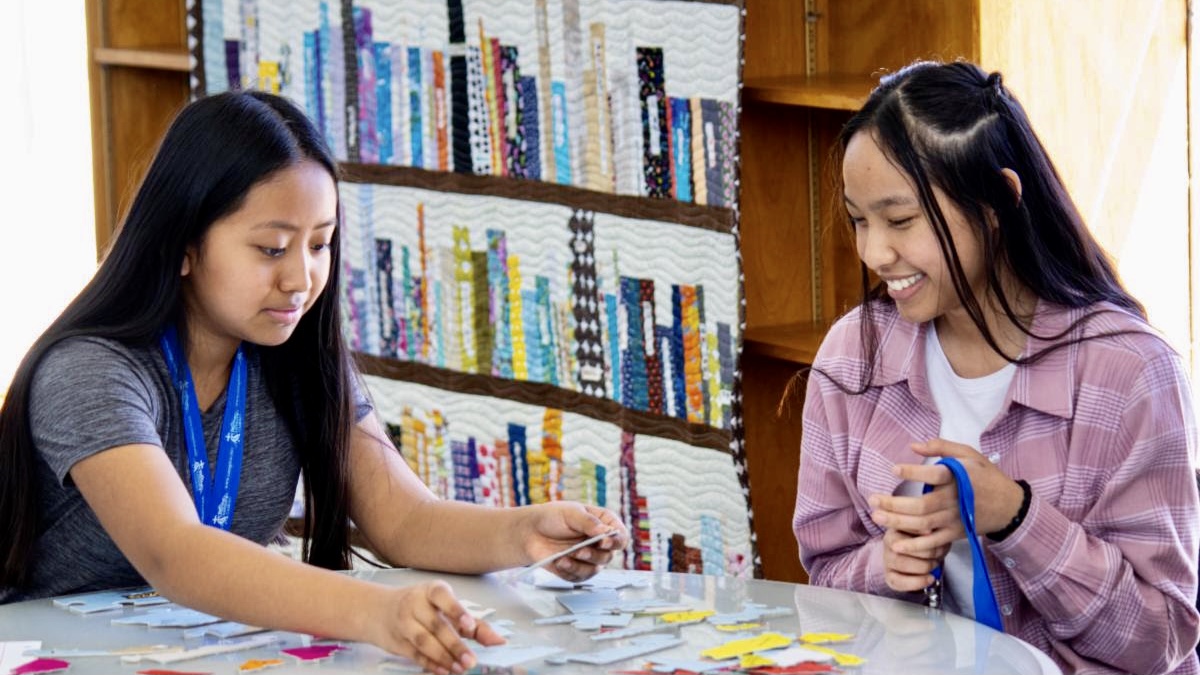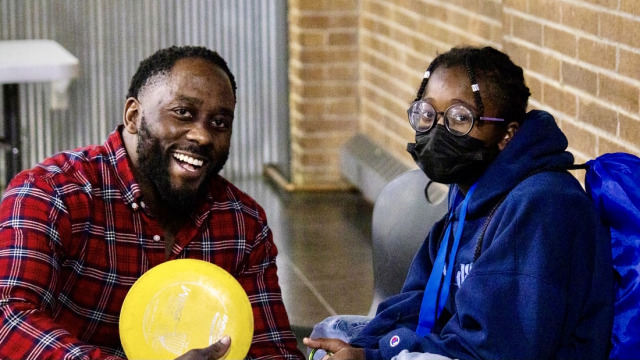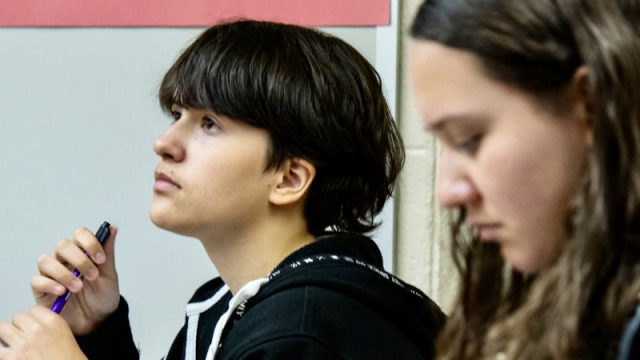By Shawn Brace … One of the most heralded and influential theologians in nineteenth-century America was a man by the name of Charles Hodge. He taught at Princeton Theological Seminary in New Jersey, one of America’s most important schools of divinity, and was an architect of the so-called “Princeton theology.” An “Old School” Presbyterian who didn’t care for the revivalism that swept over America in the nineteenth century, Hodge was devoted to classic Calvinism and had a deep suspicion of and disdain for novel theology and religious expression.
Of all the things Hodge wrote and said, however, one passing statement, shared in 1872 at the fiftieth anniversary of his professorship at Princeton, has captivated my imagination the most. Looking back at his long tenure at the seminary, which began just a decade after its founding, Hodge boasted, without a hint of irony or embarrassment, that “Princeton had never been charged with originating a new idea.”
While perhaps given to a bit of hyperbole, Hodge viewed this as a badge of honor, of course. As a dyed-in-the-wool conservative, who believed it was his mission to preserve and defend the great verities that the Reformers had uncovered in the sixteenth century, Hodge looked with incredible suspicion at theological innovation.
I’d like to say that Adventism in the twenty-first century would not align with Charles Hodge. But I wonder.
Ironically, it was in this precise setting that Adventism arose. And their theological approach was diametrically opposed to Hodge’s. Just about every theological idea the small Advent movement recovered—from the sanctuary teaching to the state of the dead to the rejection of an ever-burning hell—was new and novel in the nine-teenth century. The early Adventist pioneers repeatedly went against the grain in their theological agenda, seeking to follow truth wherever it might lead, even if it was considered heretical to the mainstream.
They believed truth was ever advancing and that no idea should be rejected outright, but should be honestly evaluated in light of Scripture, come what may.
It was precisely for this reason that they committed themselves to “present truth” and strongly resisted the idea of setting their stakes in the doctrinal ground, zealously rejecting creeds and any move toward creedalism. Just 11 years before Hodge’s famous statement, the leaders of the fledging movement expressed that precise commitment.
Meeting together to decide if they wanted to organize, in what would ultimately become, perhaps ironically, the Michigan Conference, James White proposed that interested churches “associate together” under the name “Seventh-day Adventist,” covenanting merely to “keep the commandments of God, and the faith of Jesus Christ.” That was literally the only thing a church had to affirm in order to come under the name “Seventh-day Adventist.”
And yet, despite this minimal requirement, James White sensed some resistance among those present, even as the motion passed. He therefore urged a “full and free discussion,” insisting that “the sisters” take “part in the vote” as well. In the ensuing discussion, various speakers expressed their support for the resolution, while James White himself played the devil’s advocate, noting that organizing might appear to some like they were “patterning” themselves after the churches of Babylon.
But then J. N. Loughborough came forward, proposing that it would not be like Babylon to organize by covenanting together, just as it wasn’t to set up “meeting-houses,” as they had done. The way a church could become like Babylon, he offered, was by setting up strict doctrinal parameters and carefully policing theology.
He then dropped this bomb, which has captured the Adventist imagination to varying degrees throughout our history: “The first step of apostasy,” he explained, “is to get up a creed, telling us what we shall believe. The second is to make that creed a test of fellowship. The third is to try members by that creed. The fourth, to denounce as heretics those who do not believe that creed. And fifth, to commence persecution against such.”
Loughborough was making it clear: Adventists believed in the continuing advancement of truth. They had no interest in shutting down doctrinal and theological discovery. God was still revealing more truth—“present truth”—to them, and they must be open to it, refusing to become settled in their views and making those views into a “creed” whereby they “denounce[d] as heretics” those who did “not believe that creed.” James White, for his part, fully affirmed Loughborough’s perspective. “Making a creed,” he said, “is setting the stakes, and barring up the way to all future advancement.”
It was clear for James White and J. N. Loughborough— and all Adventists of their day: foundational to the Adventist identity and mission was a belief that God was continuing to unfold the revelation of Himself. They must therefore be open to further truth, refusing to categorically close their ears and minds to diverging viewpoints, even if they challenged existing doctrine.
This was, of course, at odds with the program of Charles Hodge and others who constituted “Babylon” who believed the great task of the church was to simply bog down and guard orthodoxy at all costs.
Are we still open?
This historic openness to new light and disdain for creedalism has become a particularly intriguing topic for me. Soon after my local church started taking its missional calling more seriously, prioritizing incarnational living and personal discipleship, the history of anti creedalism within Adventism became more relevant and confrontational to me. What does it mean to be a part of a community? What are the parameters by which a person can belong? Do they have to check off all the doctrinal boxes that our church has insisted upon for the last 75 or so years? Are we truly open to “new light” and “present truth” anymore?
Such questions led to an intellectual crossroads for me, and I chose to make them the basis for doctoral research. I’ve been studying the history of anti-creedalism—not only in Adventism but other religious communities as well. And, as anyone who has ever pursued an advanced degree can tell you: it’s complicated.
Thus far, my research has led to more questions than answers. And it’s not as simple, it doesn’t seem to me, as just allowing an “anything goes” approach. I highly doubt, for example, that J. N. Loughborough or James White, as open as they were to varying perspectives, would have been enthusiastic about welcoming a dogmatic anti-Sabbatarian to preach from their pulpits Sabbath after Sabbath after Sabbath.
At the same time, even the most committed progressives in our day probably wouldn’t be excited about giving a platform to an anti-LGBT, pro-Trump, doomsday preacher. None of us, in the end, are so committed to anti-creedalism that we fully include anyone and everyone. There are, I think, some ideas worth protecting, and that’s where the rub comes.
But we need to at least acknowledge our history and recognize the tension. We need to get back to the doctrinal basics—being, perhaps, theological minimalists—and create a space where people can respectfully share their viewpoints, even if they seem novel, believing there is still more to discover (it seems to me that perhaps the attitude with which people hold and offer their perspective is more important than the perspective itself). Only then will we be truly Adventist.
–Shawn Brace is a pastor in Bangor, Maine, whose life, ministry, and writing focus on incarnational expressions of faith. The author of four books and a columnist for Adventist Review, he is also a DPhil student at the University of Oxford, focusing on nineteenth-century American Christianity. You can follow him on Instagram and Twitter @shawnbrace, and sign up for his weekly newsletter at:shawnbrace.substack.com


